Will address the challenges soon
Hanoi, with a population of nearly 10 million people and an area of over 3,300 square kilometers, is one of the 20 cities with the largest natural area in the world. Along with rapid development, Hanoi faces major challenges in air pollution, water resources, traffic congestion, etc.
In the face of this reality, green cities are an indispensable direction to ensure harmonious development between humans and nature. Green cities are not only spaces with lots of trees, but also the integration of creative solutions in energy use, water management, transportation and information technology.
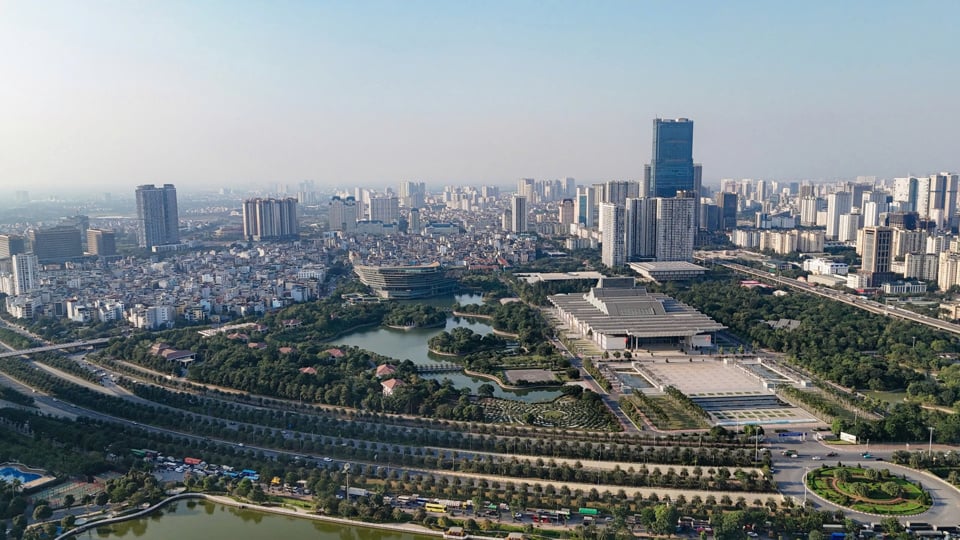
Currently, Hanoi is oriented to become a smart, modern - green - clean - beautiful - secure - safe urban area; developing rapidly, sustainably, with a spreading power to promote the development of the Red River Delta, the Northern Key Economic Zone and the whole country... Creating a clear change in environmental protection work, according to Resolution 15-NQ/TU of the Politburo. The green growth strategy has been specified in the Hanoi Capital Planning for the period 2021 - 2030, with a vision to 2050 and the Adjustment of the Hanoi Capital Master Plan to 2045, with a vision to 2065, along with the Capital Law.
According to Vice Chairman of Hanoi People's Committee Ha Minh Hai, for the first time, the environment is considered an urgent action in planning. The keywords "green, digital, smart, sustainable" are "genetically implanted" into the planning. Specifically, the planning develops green space, public space, underground space, elevated space and digital space. In addition, the city also develops green and smart transportation, while researching and developing criteria and issuing regulations on building low-emission zones.
During the period 2025 - 2030, Hanoi will pilot the establishment of low emission zones (LEZ) in some areas in Hoan Kiem and Ba Dinh districts, according to the resolution of the Hanoi People's Council. The areas selected to pilot these low emission zones will restrict or ban cars and motorbikes that do not meet emission standards.
Speaking to reporters of the Economic & Urban Newspaper, Associate Professor, Dr. Bui Hoai Son - Standing Member of the National Assembly's Committee for Culture and Education said: "One of the new points in the Capital Law 2024 is to create opportunities for urban development in the direction of public transport (TOD - Transit Oriented Development). This is an urban development model that focuses on public transport, increasing the ability and convenience for people to access transit points and urban railway stations. Thereby reducing the need to use personal vehicles, encouraging people to use public transport and creating sustainable, environmentally friendly urban areas."
Former Head of the Prime Minister's Economic Advisory Group, Dr. Nguyen Duc Kien, commented that the 15th National Assembly has passed the Capital Law 2024. This is an important basis for the Capital to develop at a fast and sustainable pace, becoming the locomotive of the country's socio-economic development. In the world, the issue of sustainable urban development is a concrete manifestation of sustainable economic development in a place with a very high population density. Moreover, green urban development also encourages the formation of new industries related to green technology, jobs in the field of clean energy and environmental services. When cities switch to this development model, they can exploit their competitive advantage in an economy that increasingly favors sustainable products and services.
Creating a breakthrough in environmental protection
According to Architect Le Hoang Phuong - Director of the Hanoi Architecture and Planning Center (National Institute for Urban and Rural Planning, the unit in charge of preparing the project to adjust the Hanoi Capital Master Plan to 2045, with a vision to 2065 and participating in the main part of the Capital Planning for the period 2021 - 2030, with a vision to 2050), both planning projects recognize the need to solve environmental problems - a serious problem of Hanoi. Therefore, both projects have set the breakthrough tasks, the focus that needs to be solved is air pollution, water pollution and development change.
Putting the planning guidelines into practice, right from the beginning of 2025, the city has approved a plan to supplement water for the To Lich River along with a plan to synchronously implement urban landscape renovation projects, forming an ecological landscape axis of the river; thoroughly treating waste discharge sources, and dredging the entire To Lich River.
With the goal of turning Hanoi into a model of a green, smart city with the identity of a thousand-year-old capital, according to Vice Chairman of Hanoi People's Committee Ha Minh Hai, all development projects must take green criteria as the foundation. Specify the Capital Law with the motto "Open institutions - smart governance - clear awareness and thinking" with 3 synchronous "Regulations" to effectively organize the implementation of "Detailed planning - Regulations, procedures - Regulations, standards".
At the same time, promote three transformations: green transformation, digital transformation, circular economy, sharing; apply digital technology; research to develop criteria for building and promulgate regulations on criteria, conditions, order, and procedures for building "low emission zones"; promote international cooperation. International cooperation is an important key to accessing valuable experiences and advanced technologies from the world's leading green cities, contributing to realizing the goal of sustainable development.
In recent years, Hanoi has made efforts to expand and protect parks, flower gardens and public spaces with many new projects in Hanoi designed to save energy, use environmentally friendly materials and integrate green technologies. In terms of transportation, Hanoi is investing heavily in the public transportation system, especially developing urban railway lines.
Hanoi is also stepping up its energy-saving and renewable energy programs. These projects are being implemented widely, from installing solar power systems on office buildings to upgrading public lighting systems to energy-saving LED lights.
Source: https://kinhtedothi.vn/de-ha-noi-tro-thanh-hinh-mau-cua-do-thi-xanh.html


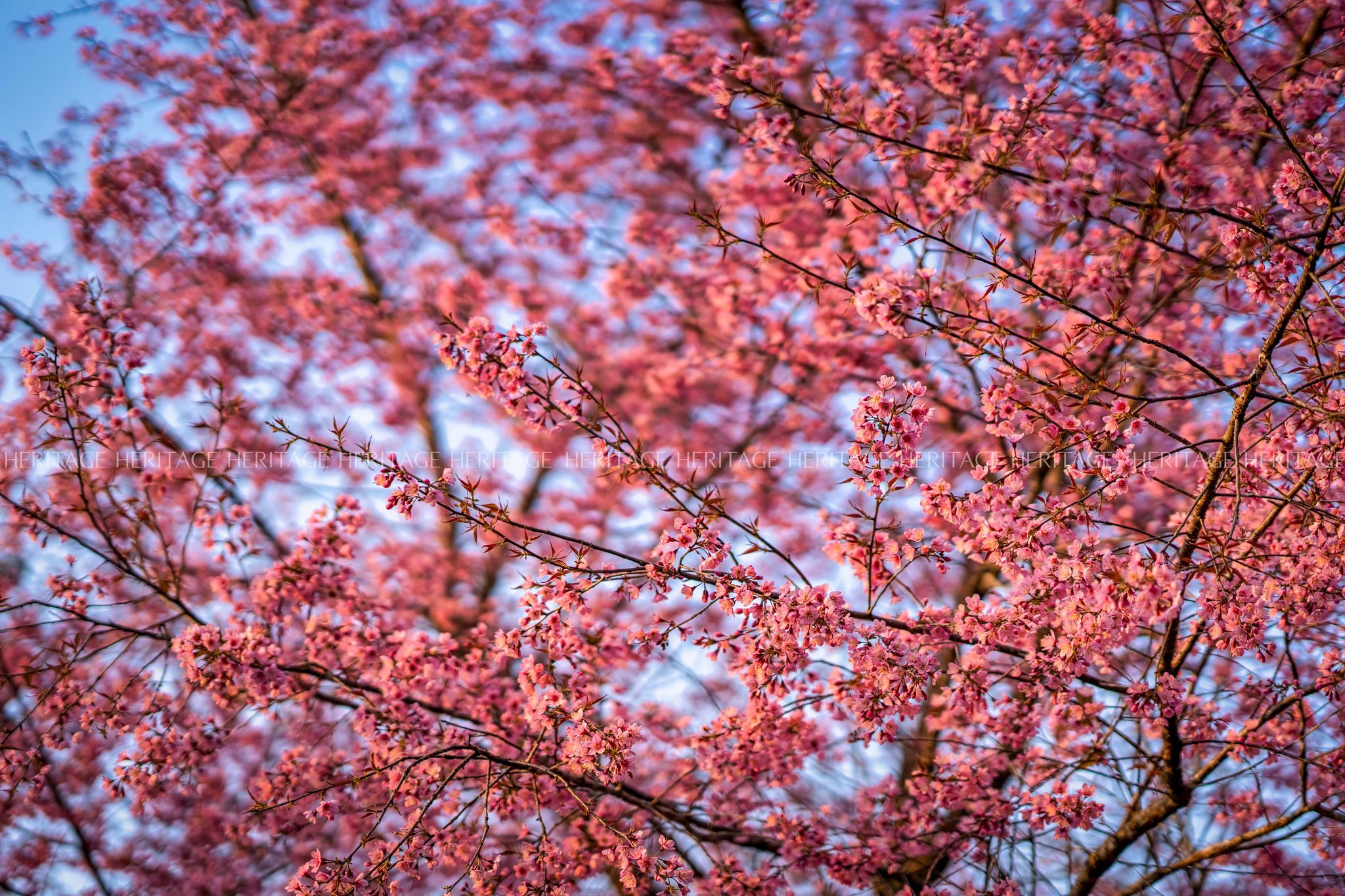
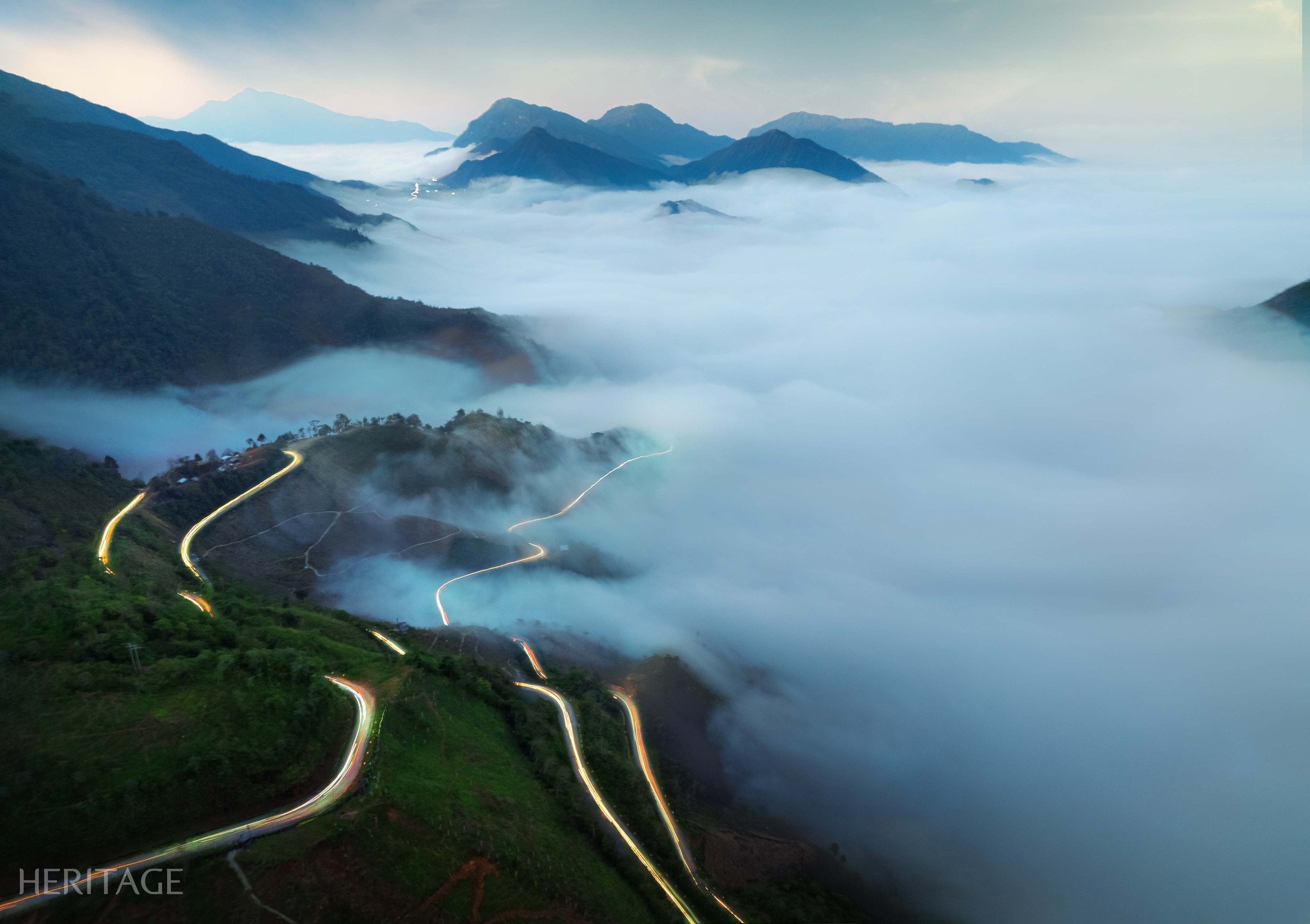
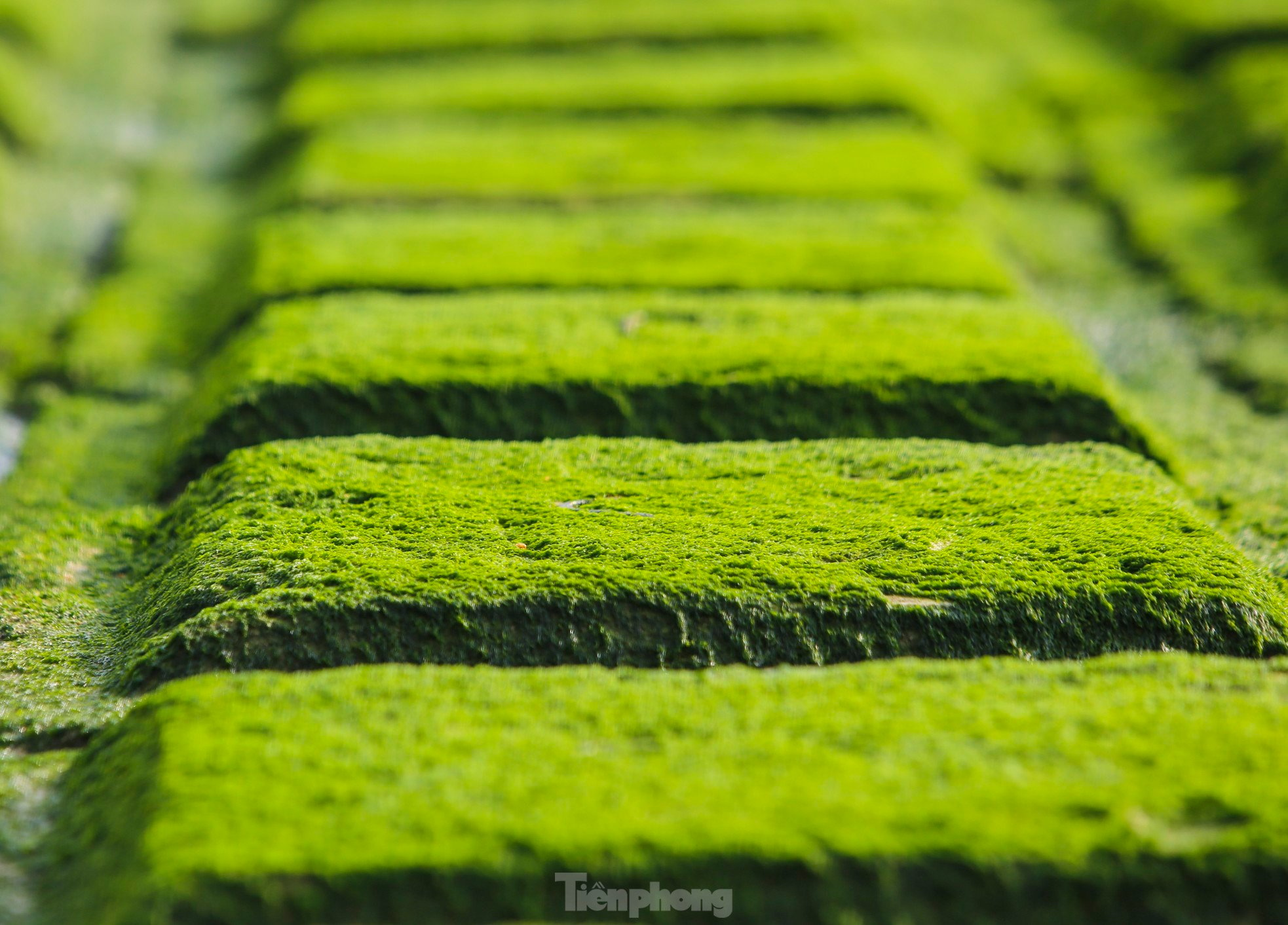
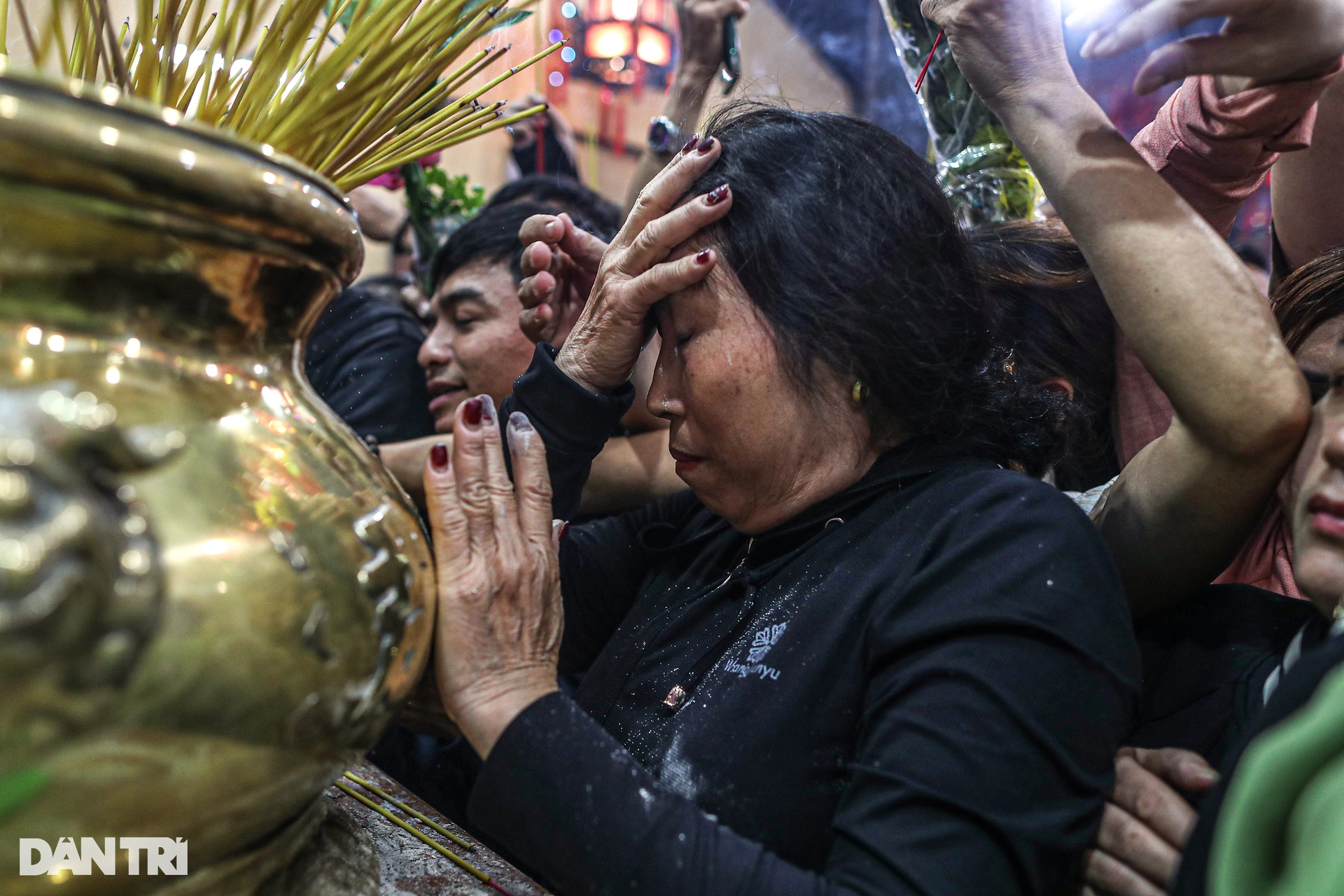

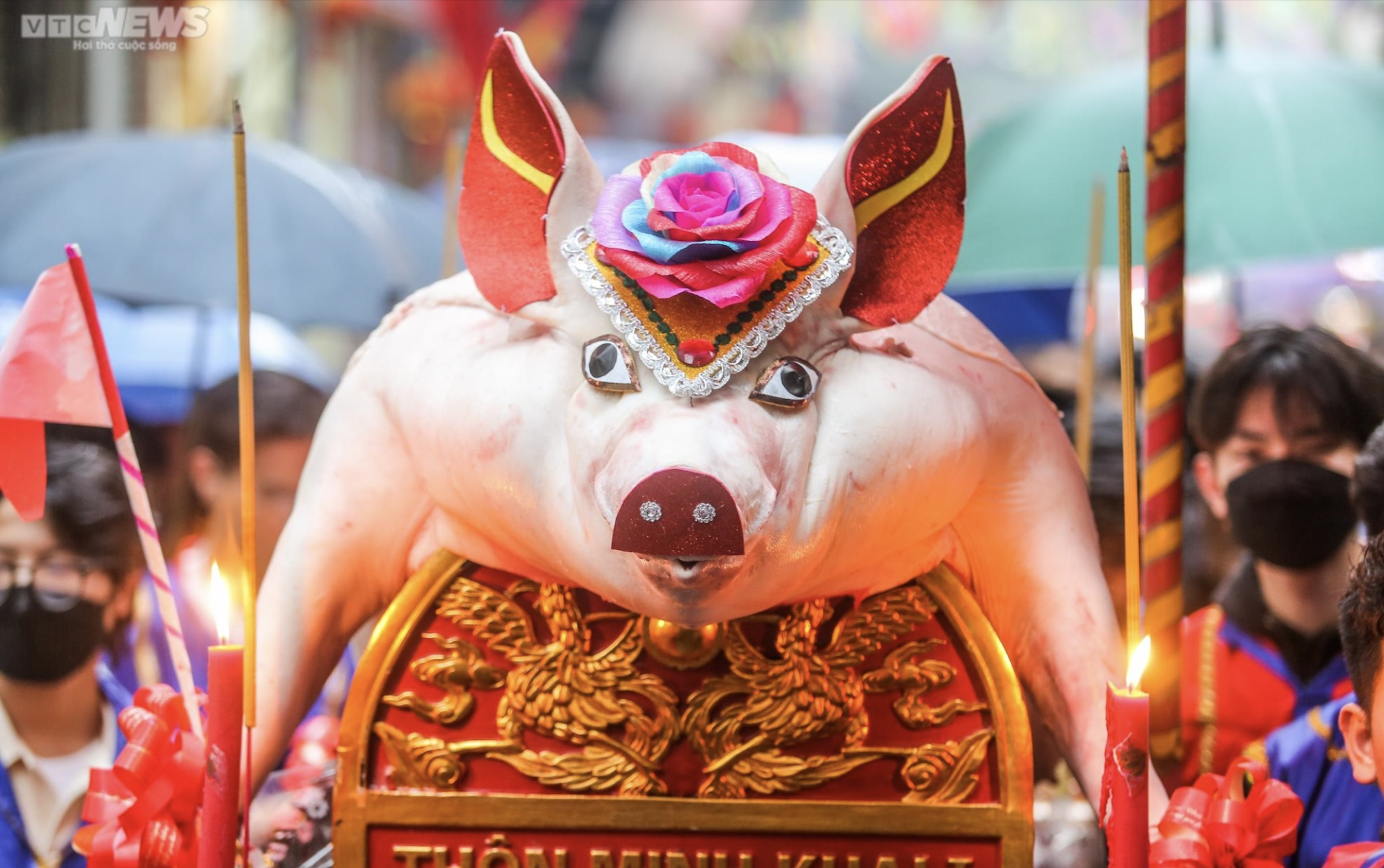
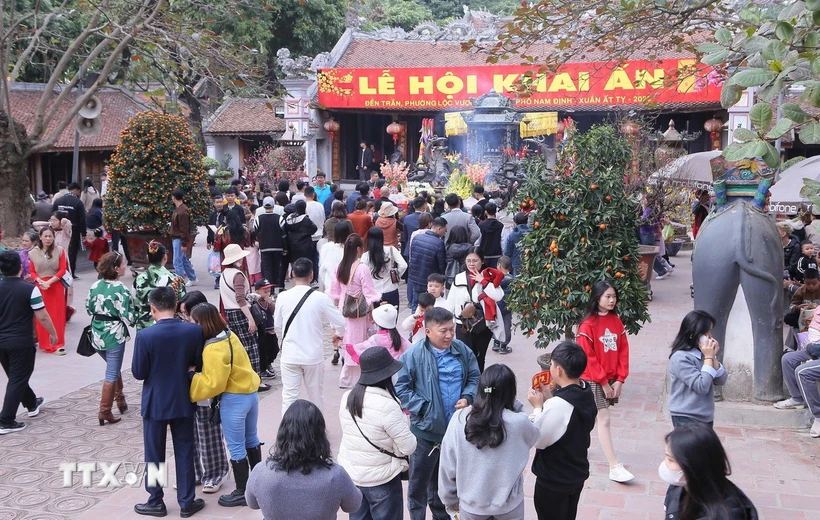
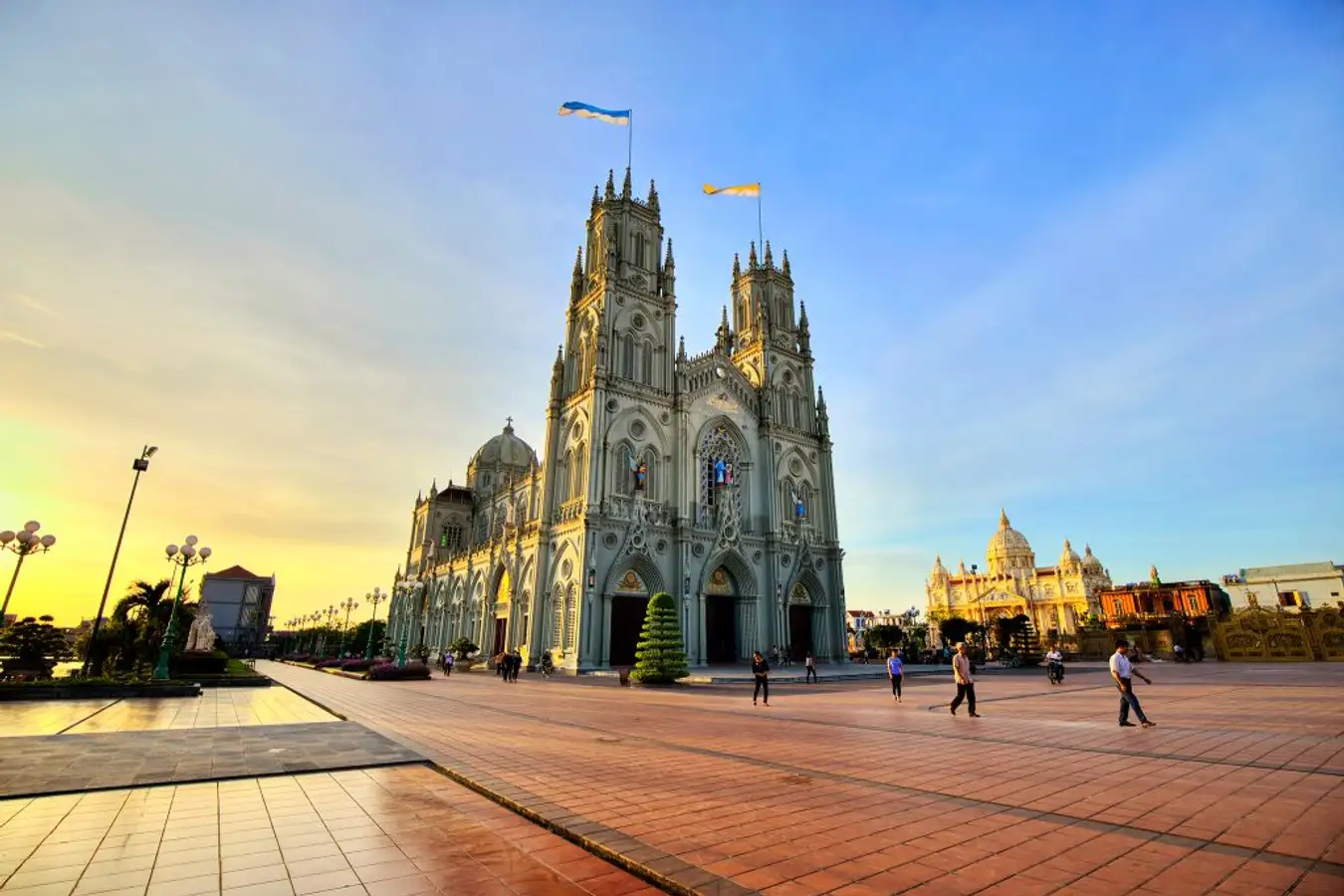





















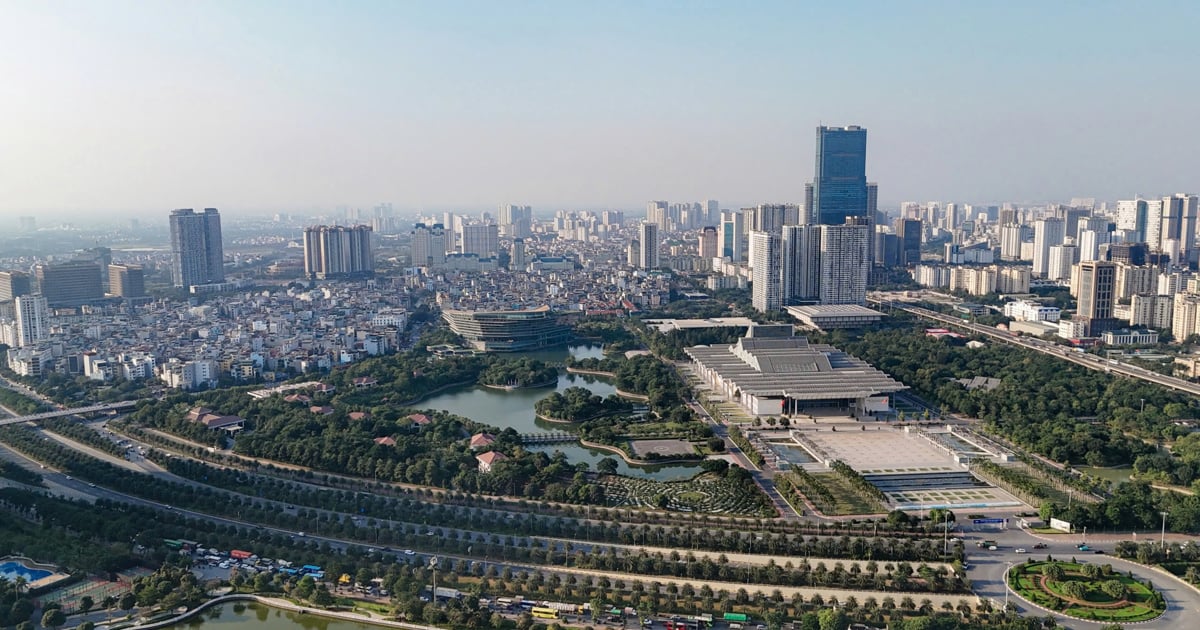
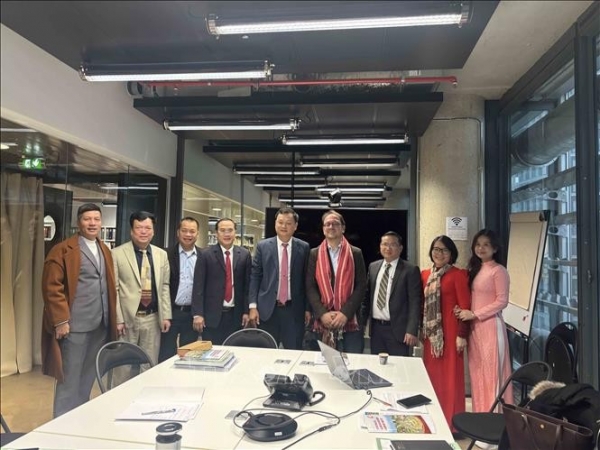

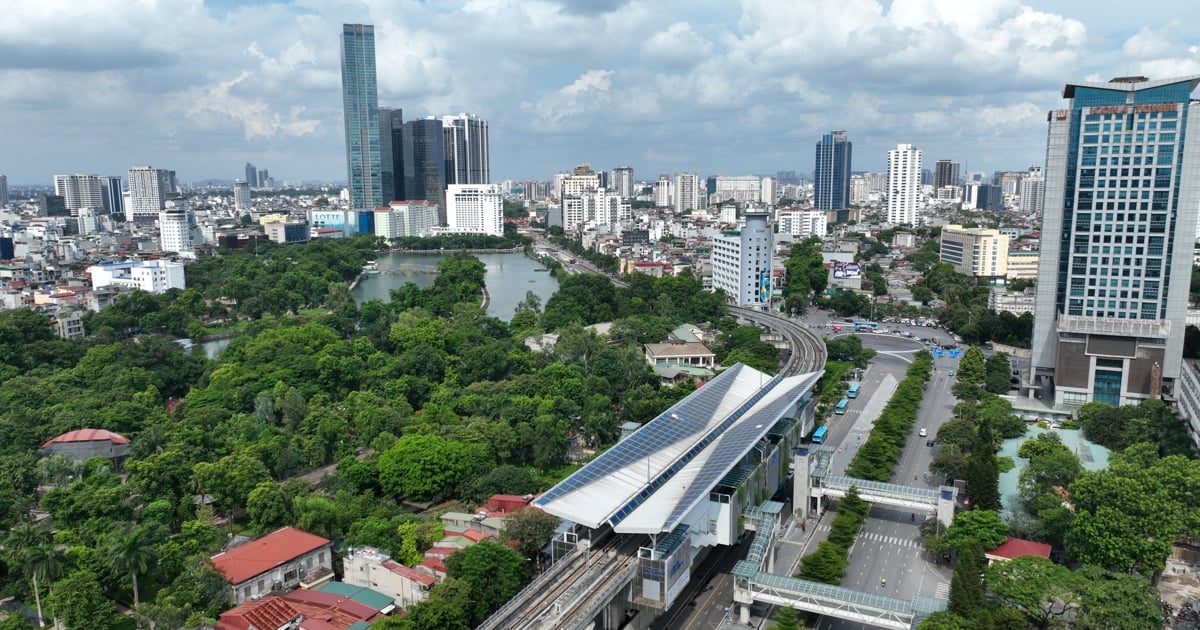
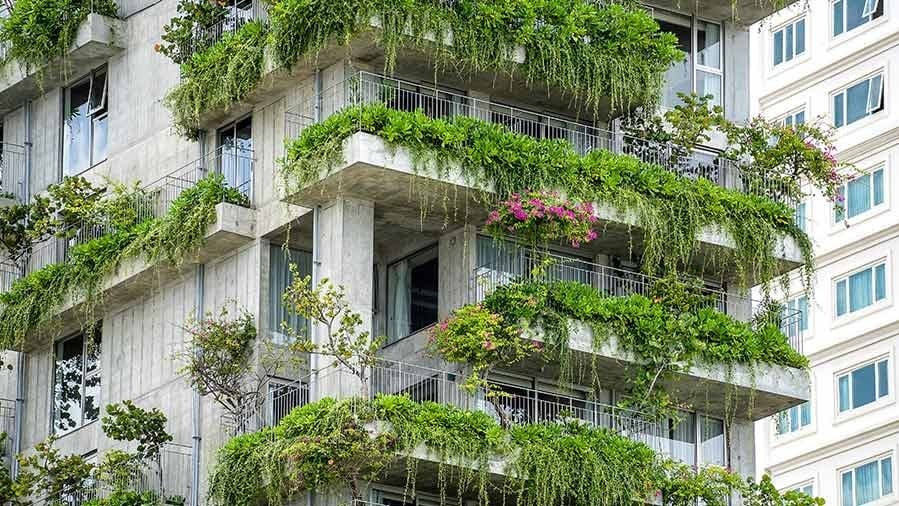

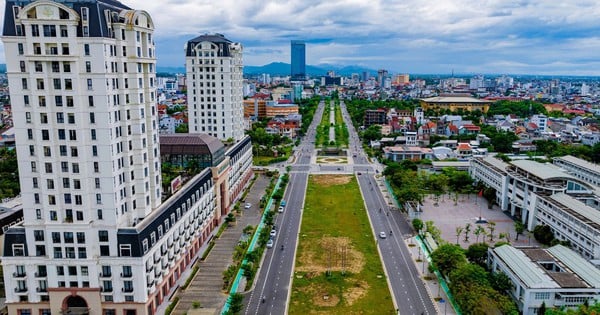

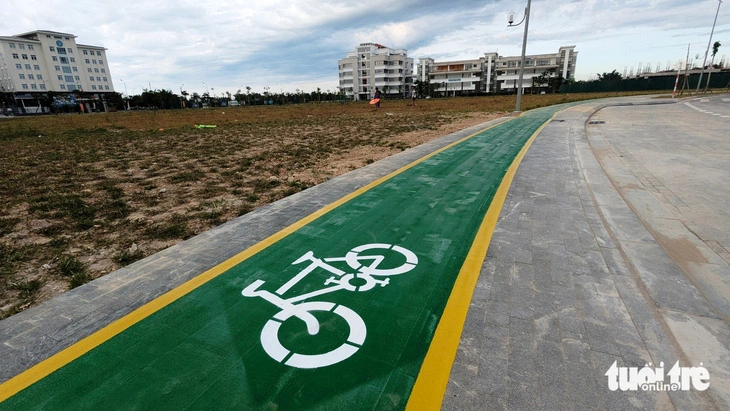
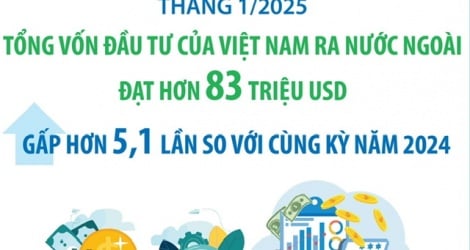

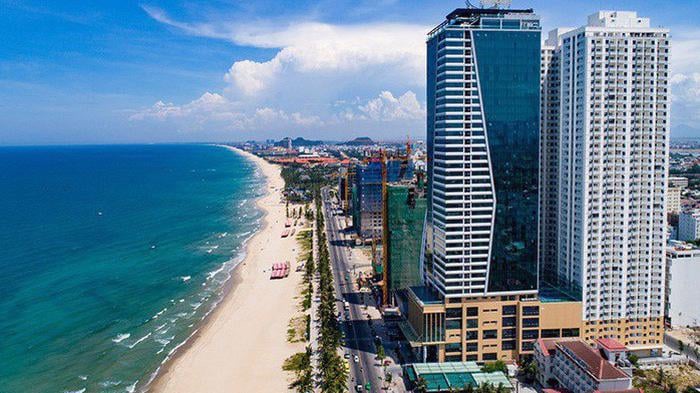

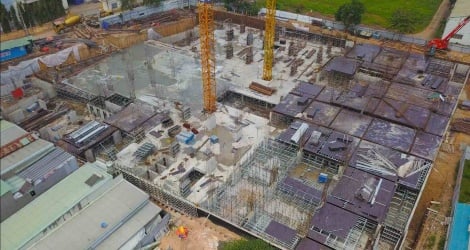
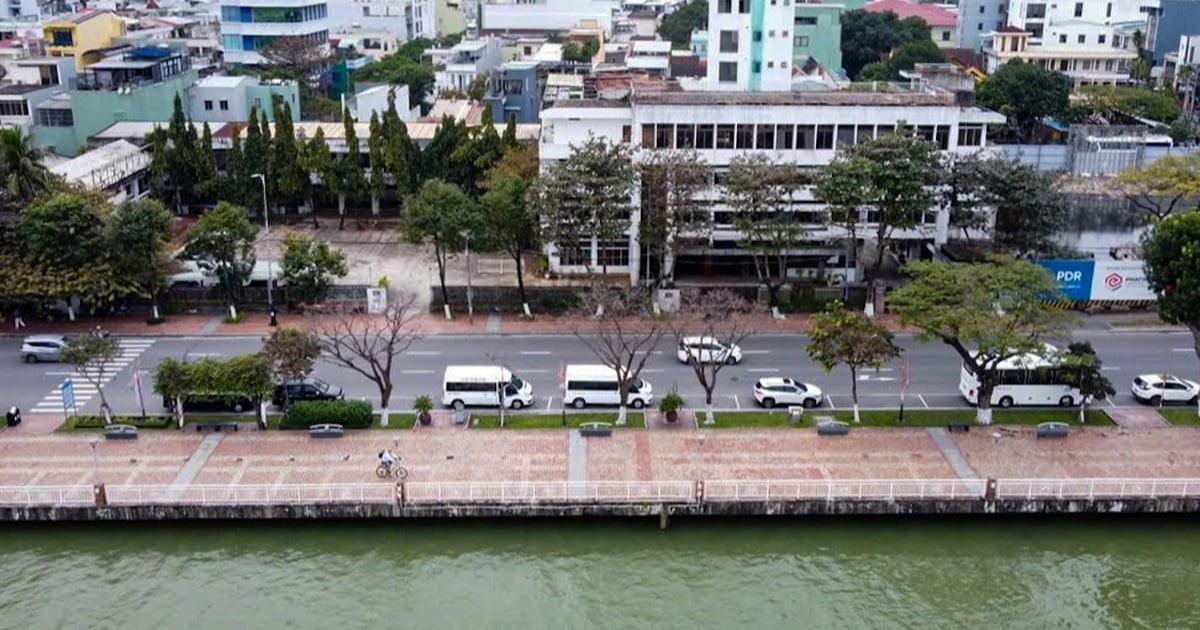

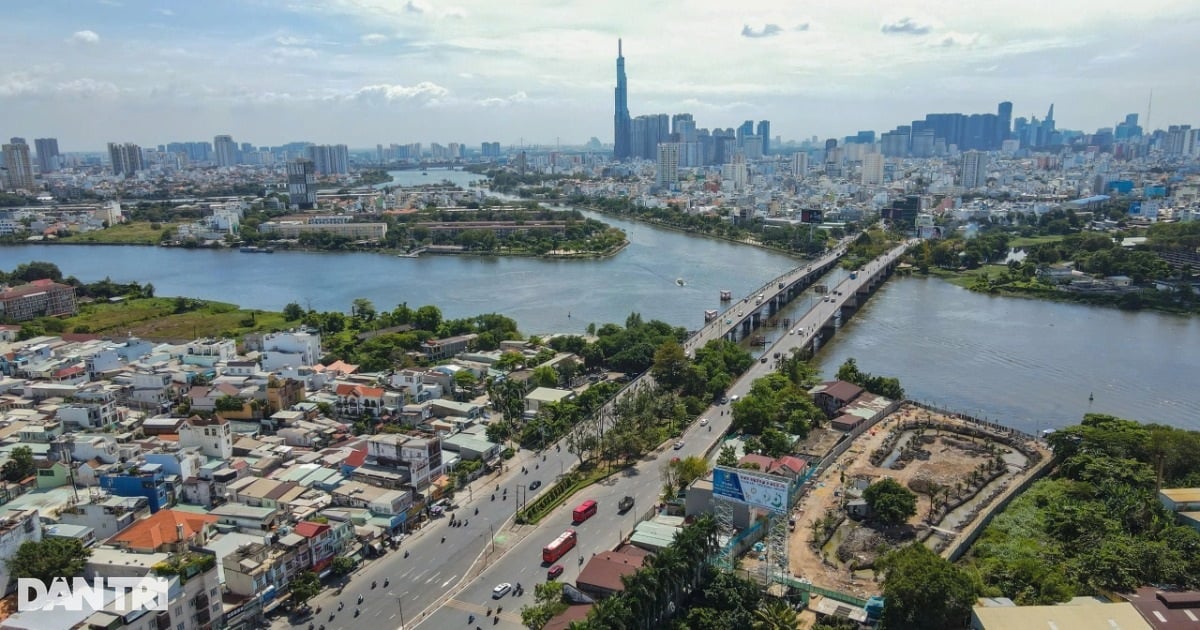
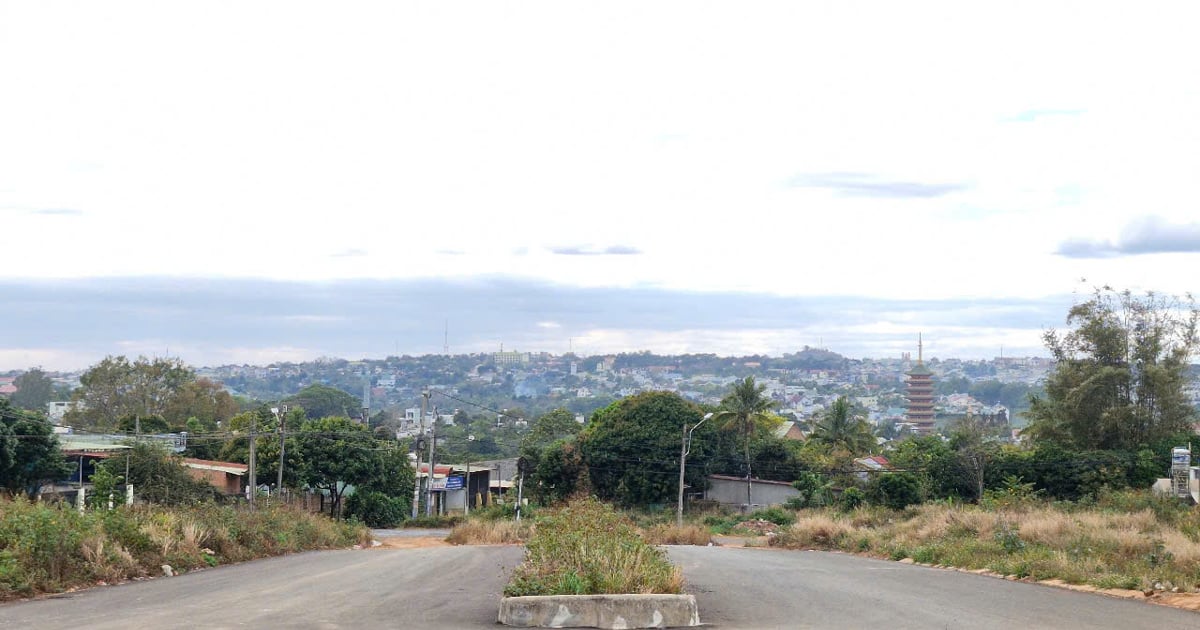
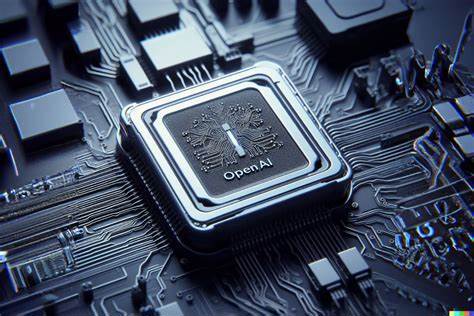
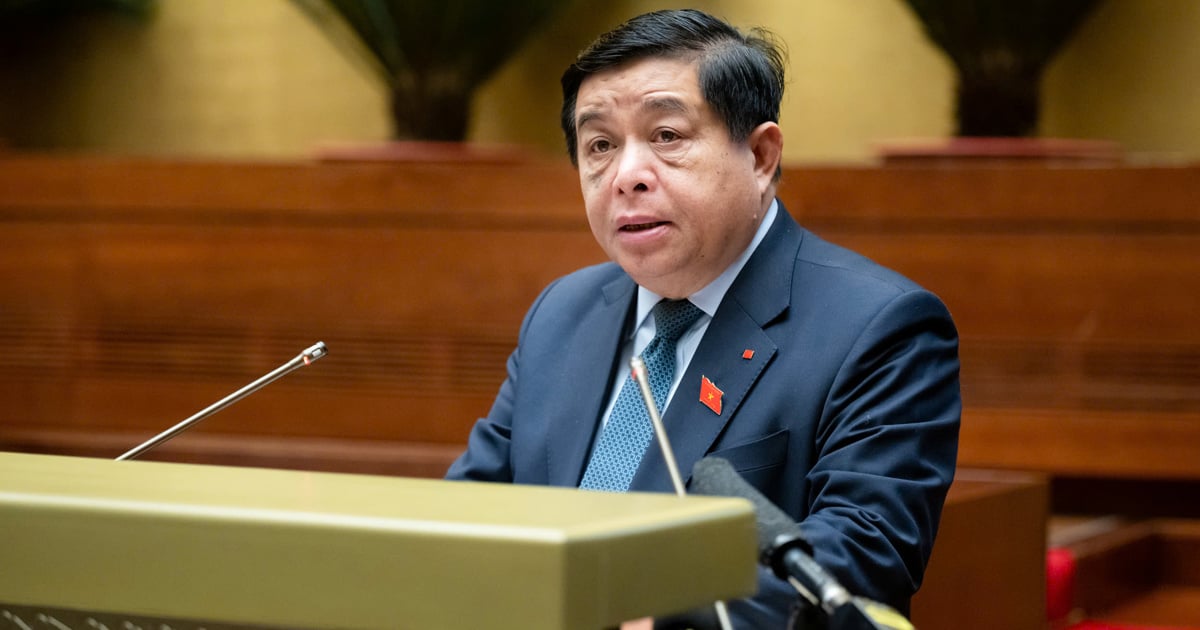
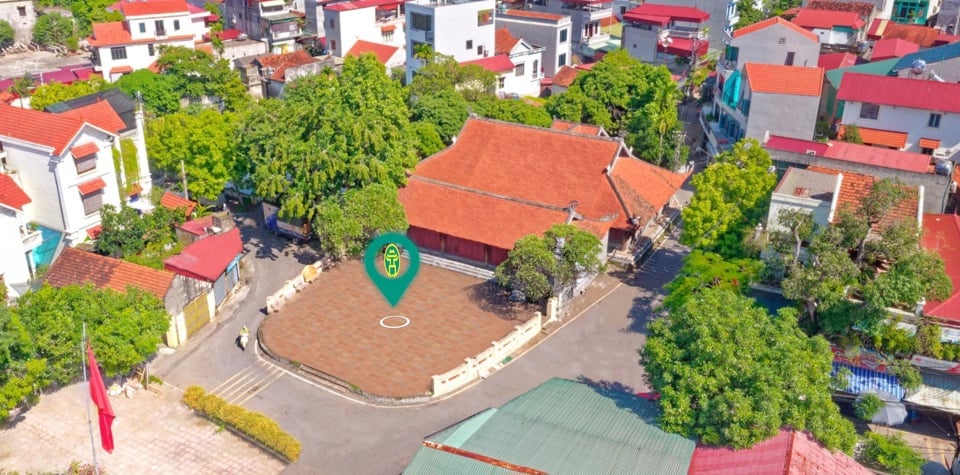
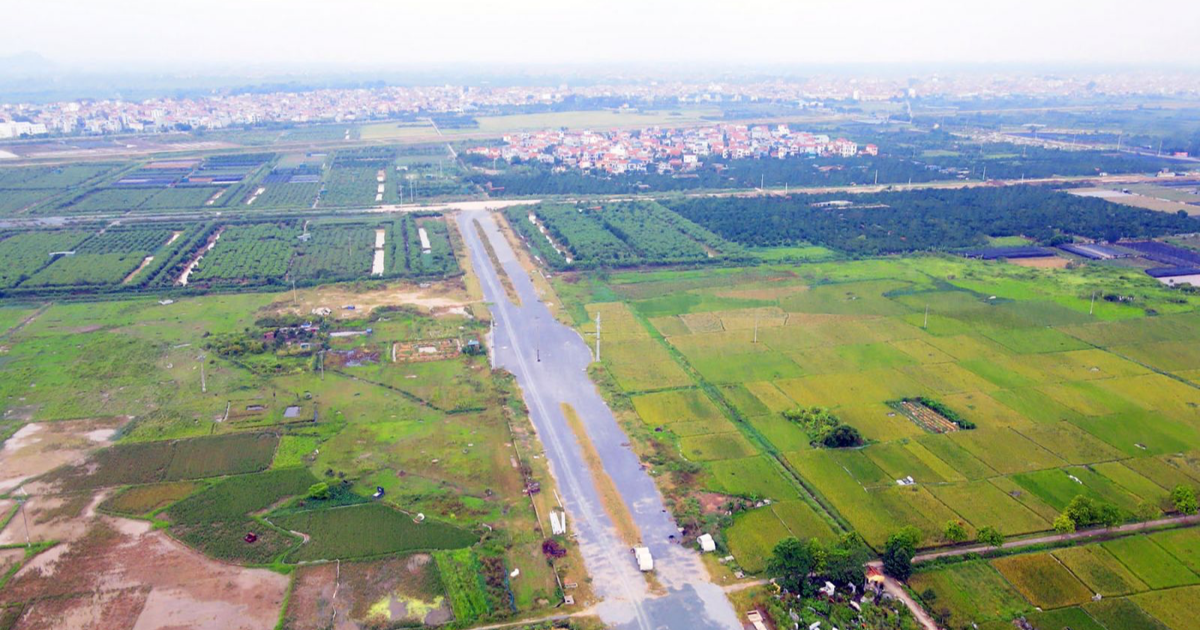
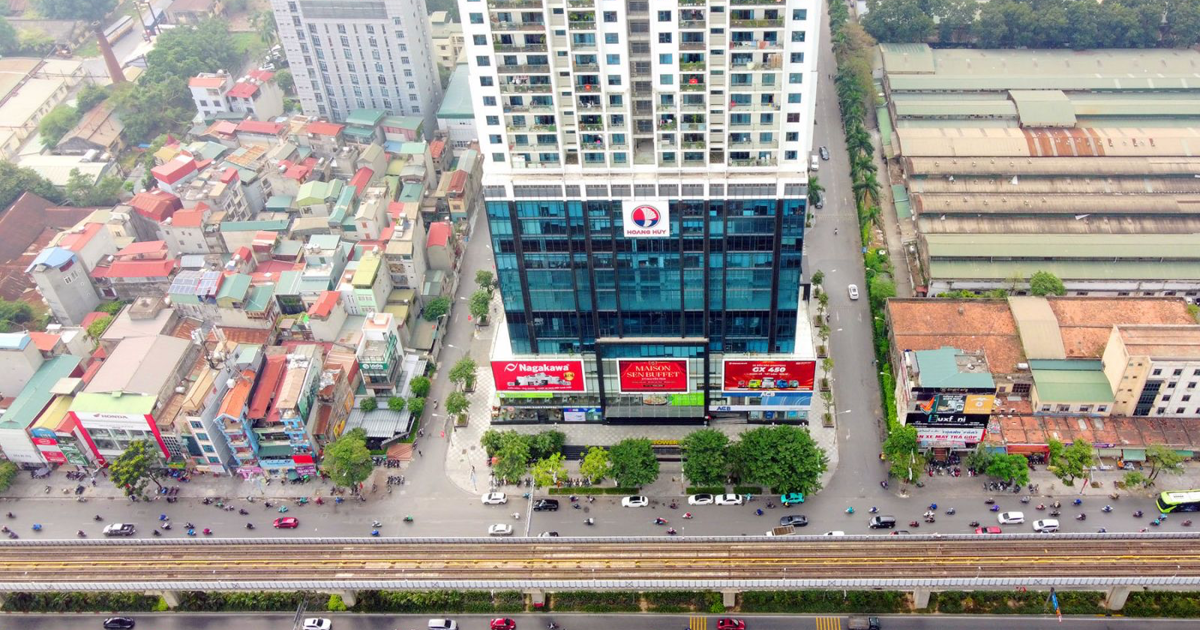
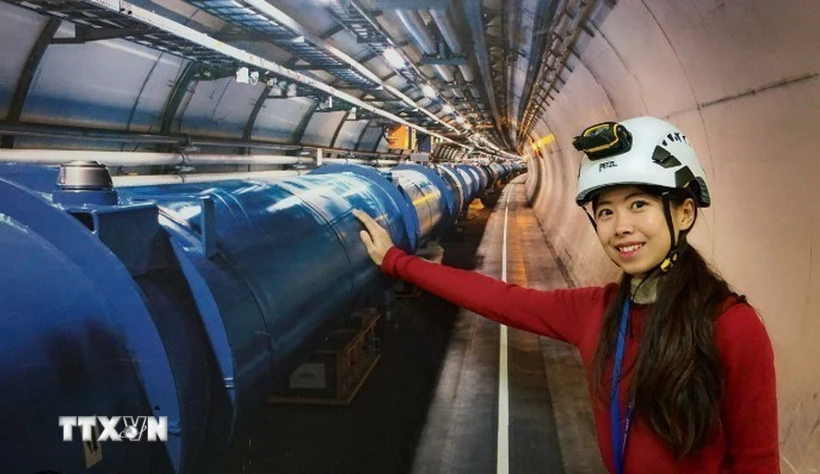

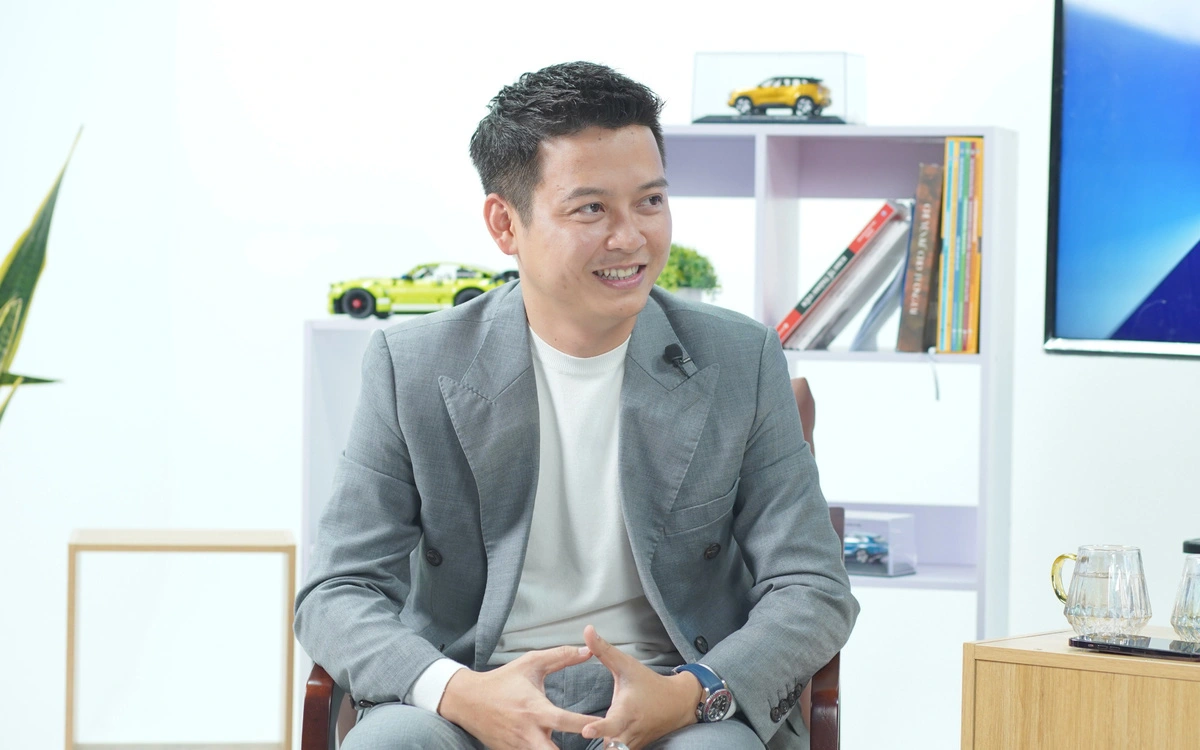

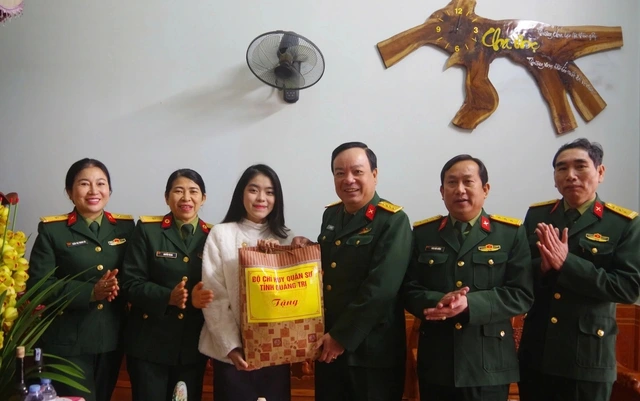

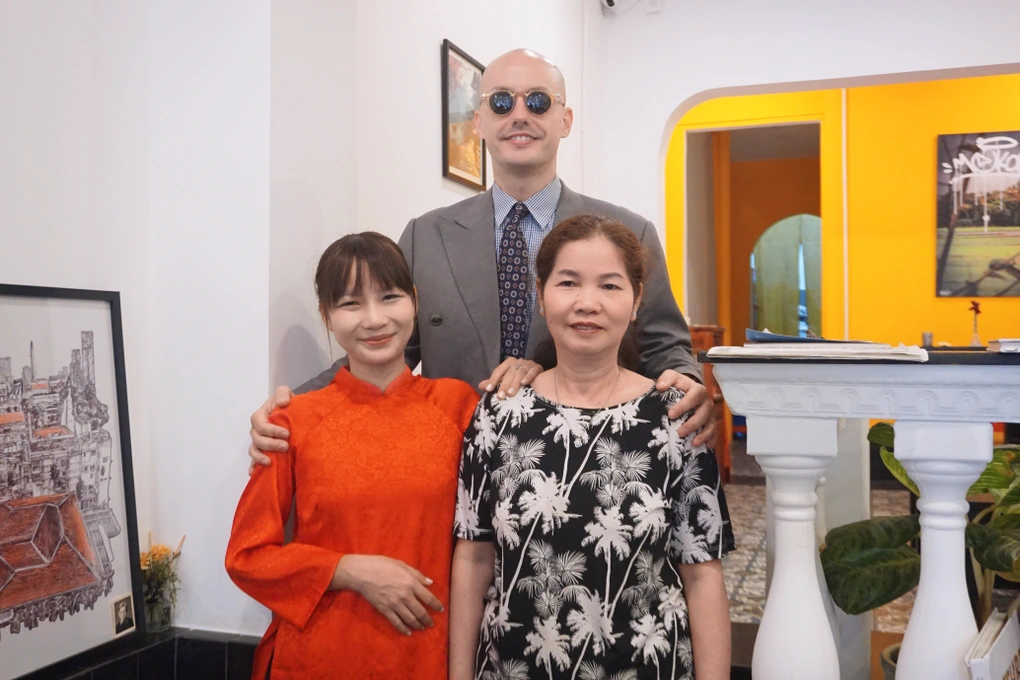
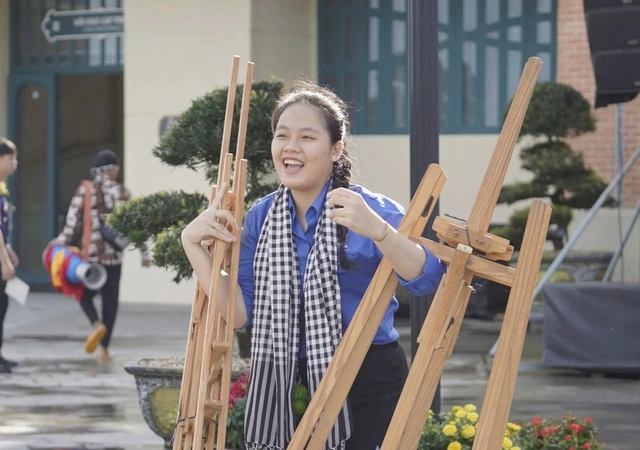






Comment (0)